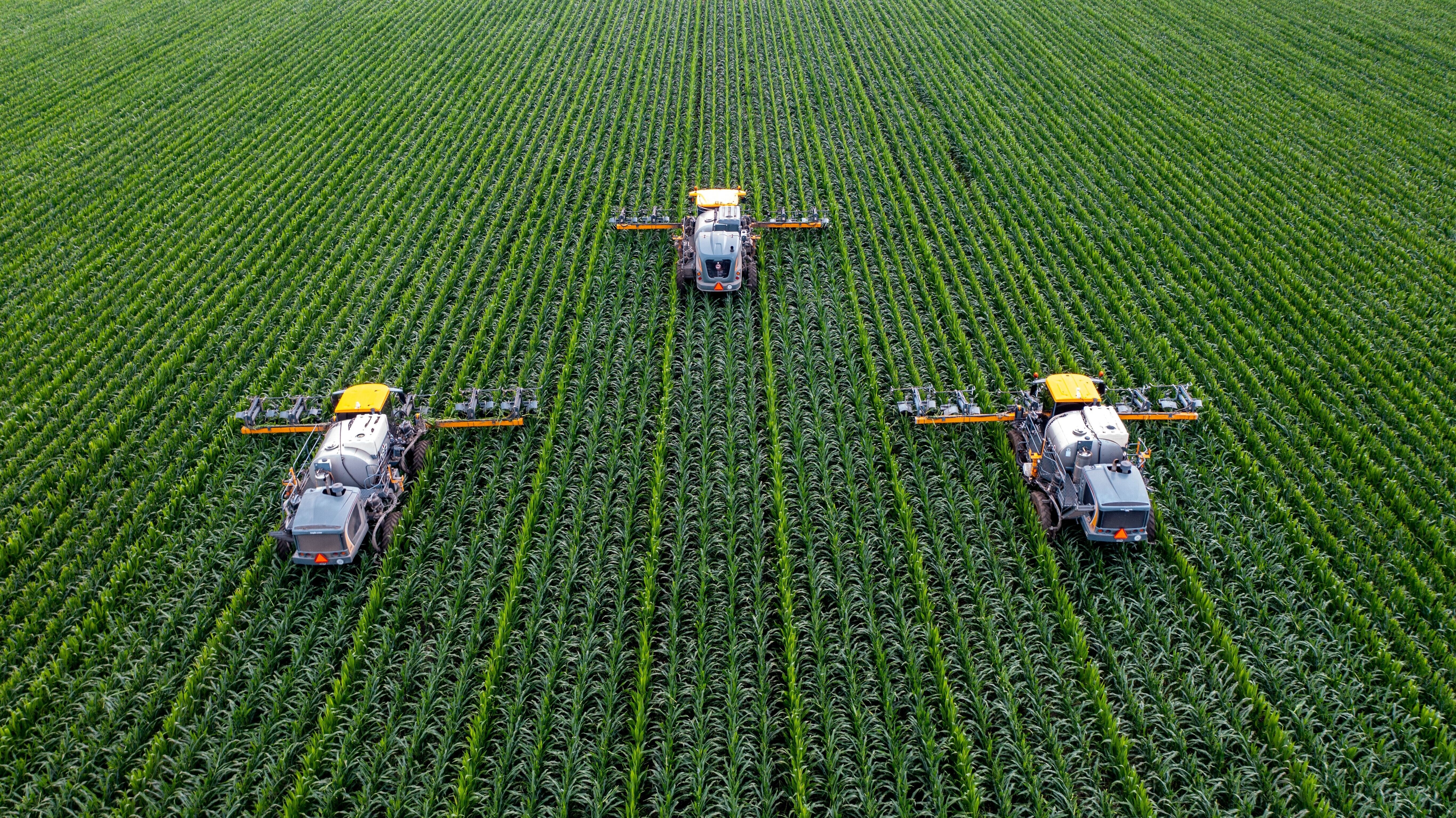The evaluation was carried out in three phases, in 2020, 2021 and 2023. The first phase (2020) could not produce strong results due to lack of data. In the second phase (2021), through robust methods applied, limited estimates were produced due to the quality of available data, even using the environmental impact monitoring (EIM) validation. In the third phase (2023), the results of the energy validation of the 2023 EIM allowed a comprehensive analysis of the renewable energy topic. In 2023, an almost complete final set of the Rural Development Programme (RDP) focus areas of 5B 'Increasing efficiency in energy use in agriculture and food industry' and 6A 'Facilitating diversification, creation and development of small enterprises and job creation' was already available, so experts carried out the validation on the whole available set of data, with calculations and estimates.

The evaluation aimed to assess the relevance, efficiency, effectiveness and impact of the individual measures of the RDP under focus area 5B (and from 2023 onwards under focus area 6A) using evaluation questions. (Credit: The World Economic Forum)
Evaluation questions were set up to establish what impact the developments of the RDP measures related to focus area 5B (and later focus area 6A) had on energy use and renewable energy production in agriculture and the food industry. This included: "How RDP measures served the achievement of national energy strategies and what lessons could be learned to achieve more effective results under CAP 2023-2027?"
The presentation of the beneficiaries' investments, developments and activities in energy efficiency and renewable energy production was only available in non-editable format (e.g. business plans, construction lots, technical data, etc.). As a result, the analysis of the documents and the estimation of the indicator values of R.14 (Increase in efficiency of energy use in agriculture and food processing in RDP supported projects) and R.15 (Renewable energy production from supported projects) required the development and consistent application of statistical and energy estimation methods.
In the first phase of the evaluation, quantitative and qualitative methods were used, including data mining, analysis of scientific publications and expert interviews. The results of the qualitative and quantitative methods were synthesised to answer evaluation questions. In the second phase, an additional quantitative method was used. Based on the small sample-based results of the energy validation of the 2021 EIM, for both energy efficiency and renewable energy investments and developments, a coefficient was defined to close the gap between the energy values of the items in the sample and the estimate of the experts. In the third stage of the assessment, during the 2023 update, the analysis was based on the EIM energy validation for all the available beneficiary and project data on renewable energy developments in the 5B and 6A focus areas.
Based on the estimation made in the first phase of the evaluation, the beneficiaries of the measures under the focus area 5B have achieved a total of 16 435 MWh of energy savings in the period 2014-2020. A clear policy intention and, therefore, a basic expectation towards beneficiaries was a 10% reduction of their energy consumption.

Most farms did not make any additional commitment and set out to achieve this mandatory 10% energy savings, while farms that made additional commitments mostly committed to energy savings of more than 30%. (Credit: Shutterstock)
The contribution of the RDP renewable energy production in focus area 5B, and the complementary focus area 6A is as follows: based on 4 719 projects examined, accounting for a total of HUF 99.98 billion net expenditure, the RDP is estimated to have contributed to the installation of 415.40 MW nominal renewable energy generation capacity with an estimated annual (cumulative, but not cumulated) energy production of 621.65 GWh.
Out of the 621.65 GWh of renewable energy generated annually, 39% (244 GWh) came predominantly from solar PV developments, 26% (160 GWh) from geothermal developments, 32% (196 GWh) from biomass developments, with a smaller share from other renewable energy developments (1% from heat pumps, 1% from sub-solar and biogas, 2% from other renewables).
Several recommendations were made to further improve the planning and evaluation of energy savings and renewable energy production in the CAP programming period of 2023-2027, including the simplification of the energy calculations and designing a data recording interface that verifies the data at the time of recording to collect more accurate values of data.
According to eu-cap-network.ec.europa.eu
